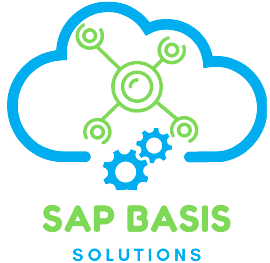Today’s Information Technology industry witnesses unprecedented evolution in how software is delivered. To succeed, it is crucial to use the right combination of people, processes, and tools as the traditional tools no longer apply to the new rules of software delivery. Whether it is planning for an ECC migration to S/4 Hana or going through the regression testing cycle on a standard monthly SAP service pack – there is no longer a need to sacrifice quality to meet the deadlines imposed by stakeholders, with the evolution of SAP Quality Assurance and Testing in its entire landscape balancing velocity of delivery with quality has become effortless.
To effect lasting change throughout an organization, Test Managers must consider the ease-of-use and deployment mechanisms by introducing any tool or platform into the Enterprise Application Delivery (EAD) lifecycle. If the technology doesn’t offer user experience, ease-of-use, deployment issues, and incompatibility issues – the enterprise can expect fallout and discontinued adoption.
And, here are some reasons which strongly implies the need to adopt modern quality management for SAP.
Zero critical defects
‘Defective Management’ comprises a distinct difference between “detection” and “prevention.” Detecting defects is a reactive approach with dynamic testing at the core of Traditional SAP Quality Management, whereas preventing defects starts with proven impact analysis which identifies breaks on the transports you have staged to implement. Preventing defects is crucial in Modern SAP Quality Management and it is the epitome of being proactive, shifting-left and being Agile. Advancements in machine learning and predictive analytics simulation pioneered ‘SAP BASIS Solution Services’ has transformed modern SAP Quality Management and Testing into an environment where all testing layers should be managed in one single unified platform with all units testing through UAT (User Acceptance Testing) and Regression. This allows your organization to develop a shield by choosing a unified tool that balances the qualitative and quantitative results in best outcomes – which is Zero Critical Defects.
Visibility and alliance goes in hand
A real testing tool should be a single source of truth to monitor all test workflows to identify and remove bottlenecks. When it comes to planning, executing, monitoring and evaluating the results of UAT, there should be inputs from multiple stakeholders dispersed globally who have no visibility on their turn to test. This results in delays and inefficiencies and to ensure smooth workflows and handover of testing tasks between key users ‘Test coordination’ has become crucial.
Features such as automatic sequencing of manual tests, progress monitoring and central defect management enables the entire test execution process. We provide built-in collaboration tools to relieve workload bottlenecks and ensure sequential workflows with automatic transition of test steps to the next user.
Eliminates idleness
If your enterprise plans on a UAT phase for an SAP project, ensure that you fully realize and appreciate the hands-offs which may occur between users executing the business process tests. Most application lifecycle management (ALM) tools track only test execution at the test-level, not the step-level. Monitoring test step execution and ensuring that the baton is passed quickly to the next tester with right input data units helps in eliminating the idle time.
To know more on the SAP tools and applications, connect with us today!
